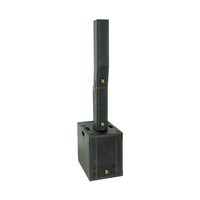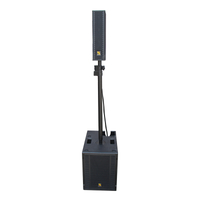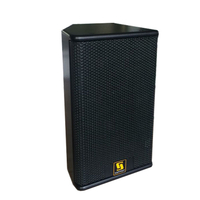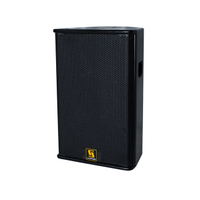
How are the acoustic properties of the space related to the form of worship?-
Sound processing of different religious architectural forms
In many churches, chapels and other various religious buildings, there are huge differences in hearing due to various religious buildings construction.
It is interesting to think about how the acoustic properties of the space are related to the forms of worship and related musical styles. Over the years, I have worked for many denominations, churches, and chapels, ranging from wide, multi-exit cathedrals and magnificent mosques to small rooms that are almost home. I told my church clients that after I have observed what you use this space for, how you use it — or how you want to use it, I can design a sound system for you or sort out sound problems.
Speech intelligibility is usually at the core, but often this is not the only factor considered-even in buildings where no music is all about speech. The visual impact and architectural impact seem to be higher than acoustic and sonic integrity. Ironically, perhaps the extensive acoustic features of religious buildings are enough to mess things up and obscure the importance of having good acoustics.
As shown in Figure 1, churches and chapels exhibit the widest range of acoustic effects, with reverberation times ranging from about one second to more than three seconds. In fact, they actually exceed this ratio. Many religious buildings have an intermediate frequency reverberation time of six seconds or more. So why is there such a big difference? What makes the chapel need a 6:1 sound effect, while the music is only 2:1 or 2.5:1 at most? Basically, there are two reasons, which are explained below.
Firstly, the acoustic effect is affected by the size and structure of the building; secondly, to a certain extent, the acoustic effect depends on the nature of religion and/or the form of worship. Only in the past 50 to 60 years, the acoustic effect of the space Before that, sound effects essentially determined the form of worship. For example, when many European cathedrals were built between 800 and 1000 years ago, their huge scale and inherent long reverberation time meant At any important distance, the speech is unclear. In addition, the acoustic properties also mean that the rhythm of the music must be relatively slow, so that a note or phrase disappears completely before the next note or phrase sounds-otherwise, they cannot be distinguished, and they will be mixed together.
The same is true for speech, but the time between words should be extended accordingly. Certain forms of chorus music-such as chants, of course-are created using long-period reverberation, allowing the sounds to flow into each other. To put this in perspective, I mapped the reverberation characteristics of some British cathedrals that I have had the privilege of measuring over the years.
As shown in Figure 2, the average reverberation time is about 4.5 seconds. Although the intermediate frequency reverberation time in one of the buildings reached a peak of nearly 6 seconds, "modern religion" and forms of worship cannot be used in such a reverberant environment. It works in the middle, because speech or sound has different meanings and needs greater influence. Contemporary music is also much faster and is totally unsuitable for this acoustic environment. However, these long-period reverberation times are ideal for organ and chorus music, as well as chants. The latter is usually best for spaces that are not open but also have reverberation.
The longest cathedral reverberation time I have measured is in a modern cathedral, about 9.5 seconds. There are also some interesting sound focus issues, but with the right music it sounds amazing. Technically it is savage and more generally too long reverberation time is essentially a killer of speech intelligibility. However, with the correct sound system design and clear voice, even such acoustic abnormalities can eventually be eliminated.
At the same time, the mosque is another form of religious building that often exhibits challenging acoustics. Figure 3 shows the characteristics of the reverberation time of many large mosques. It can be clearly seen from the figures that there is no such thing as "typical mosque acoustic characteristics". Small prayer halls (for example, 100 to 200 people) usually have a reverberation time characteristic below the red curve at the bottom, and are relatively benign.
Religious acoustics on smaller scales are relatively rigid, that is, more modern forms of worship such as those that include praising band regulations. These spaces are actually theaters or lecture halls so their reverberation time should not exceed about 1 second unless they have a few hundred seats.
Figure 4 shows some measurements made in several buildings belonging to the same faith. The religion is largely based on speeches but there are also some traditional congregations singing. With the higher blue curve at 1.35 seconds, the reverberation time is a bit too long and feels quite alive. Although a standard distributed ceiling speaker system works, it is very close to the margin of acceptance (and feedback!). The lower red and green curves measured in the building, although very silent and difficult to sing, showed excellent voice intelligibility. The orange curve is basically optimal at about 1.1 seconds: active enough to sing and well controlled so the sound system can deliver high definition with a lot of gain before feedback. The reverberation time of the purple curve is about 0.9 seconds. The midrange is acceptable, but if the bass rise has been better controlled, it can be improved.
Finally, Figure 5 shows the reverberation time of a modern medium-sized church that can accommodate about 800 people. The reverberation time is a bit long, making the space for complimenting the band quite lively, and the sound sometimes becomes a little fuzzy. (Feedback is usually also a challenge.) As I explained in March last year, the sound effects are not only reverberation time but also many things. Like many things in architecture and acoustics, details determine success or failure in anywhere.

Figure 1: The best reverberation time for various activities and architectural purposes.
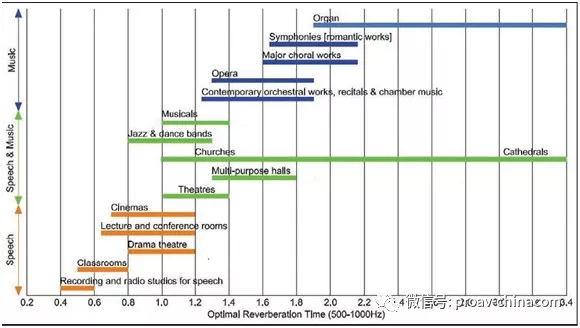
Figure 2: Reverberation time of a cathedral.
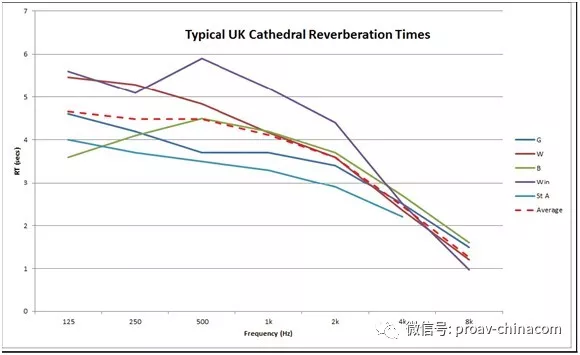
Figure 3: Typical reverberation time characteristics of large and medium-sized mosques.
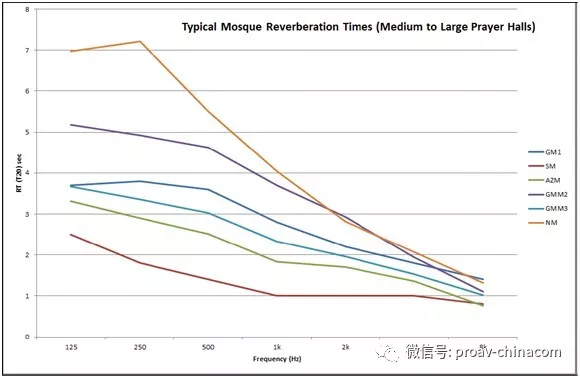
Figure 4: Reverberation time characteristics of different chapels of the same faith.

Figure 5: Reverberation time characteristics of religious bands in modern Baptist churches.
Sanway Audio also provide different audio speaker or line array system for different churches. Project case. Sanway CS64 6x4 inch column speaker, CS44 4x4 inch column audio speaker and SF12 single 12 inch full range speaker are installed in the church provide clean sound.
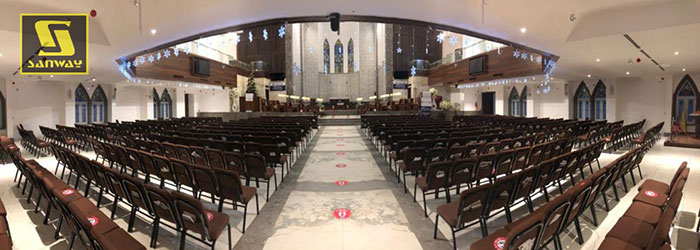

 English
English